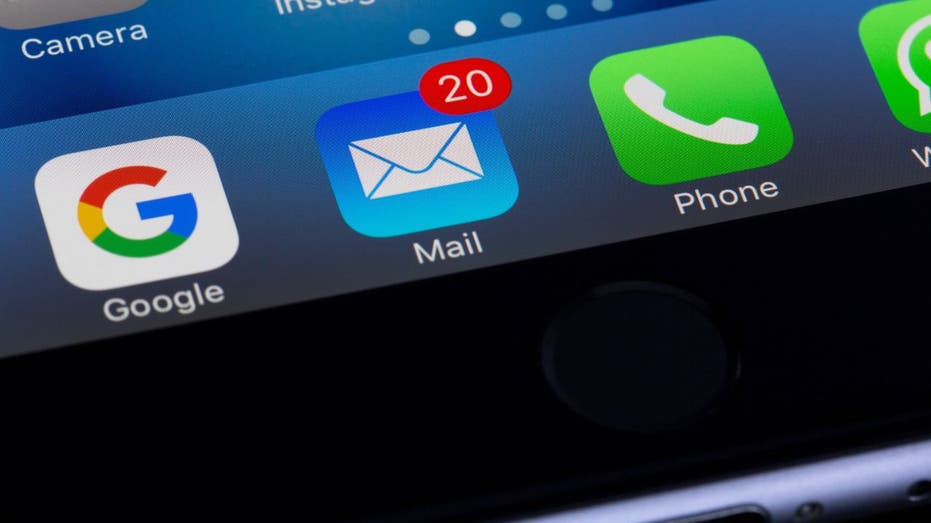Why Keeping Spam Emails Briefly Can Help Protect Everyone from Scammers

Spam emails are a constant nuisance and can pose significant security risks, especially during large-scale phishing campaigns. The common advice is to delete such messages immediately, but emerging insights suggest that retaining spam emails for a short period can actually enhance overall cybersecurity. This counterintuitive approach not only benefits your personal safety but also helps improve email filtering systems worldwide.
The Hidden Benefit of Retaining Spam for a Short Time
Although deleting spam instantly may seem like the safest choice, holding onto these messages temporarily serves a crucial purpose. When you report spam rather than delete it outright, your email provider’s algorithms can analyze these samples to refine their ability to detect malicious or unwanted content. This process enables the development of more sophisticated filters, increasing the chances of blocking similar scams before they reach your inbox in the future.
Experts recommend keeping spam emails in your junk folder for a few days to a week—long enough for your provider to process them. Once you’ve reported the spam or phishing attempt, it’s safe to delete the messages completely. This small act of retention contributes to a collective effort to combat online scams, making email environments safer for everyone.
How to Report Spam Effectively
Reporting spam is a straightforward process, whether you’re using desktop clients like Microsoft Outlook or web-based services such as Gmail, Yahoo, or AOL. On platforms like iCloud Mail or the Mail app on iOS devices, you can typically select the message and choose “Report as Spam” or similar options. If spam emails end up in your Trash folder, they can often be recovered within 30 days for reporting purposes.
It’s important to avoid simply unsubscribing from spam emails. While it may seem like a good way to stop unwanted messages, unsubscribing can signal to scammers that your email address is active, potentially increasing the volume of spam you receive. Additionally, some unsubscribe links may be malicious, designed to steal your personal information or install malware.
Additional Security Measures
Beyond reporting spam, adopting comprehensive security practices is essential. Never click on links in suspicious emails unless you’re certain they’re legitimate. Use reputable antivirus software to detect malware and phishing attempts. Consider services that monitor the dark web for your personal data, helping to prevent scammers from exploiting leaked information.
Using secure, privacy-focused email providers offering features like disposable aliases can further protect your inbox. These aliases allow you to register for services without exposing your primary email address, reducing the risk of spam and targeted scams.
Enhance account security by creating complex, unique passwords for each account, ideally managed through a trusted password manager. Enable two-factor authentication (2FA) whenever possible, and keep your device software up to date with the latest security patches.
Stay Vigilant and Contribute to a Safer Digital Environment
Consistently reporting spam not only helps improve filtering algorithms but also contributes to a safer online space for all users. Educating yourself about phishing warning signs and practicing cautious online behavior can significantly reduce your vulnerability.
Remember, spam emails may seem harmless at first glance, but they are often the gateway to serious security threats. By holding onto suspicious messages briefly and reporting them, you’re actively participating in a collective effort to combat cybercrime and protect personal data.
For more tips on cybersecurity and protecting your digital life, visit trusted resources like the official websites of cybersecurity authorities or consult expert guides available online.



